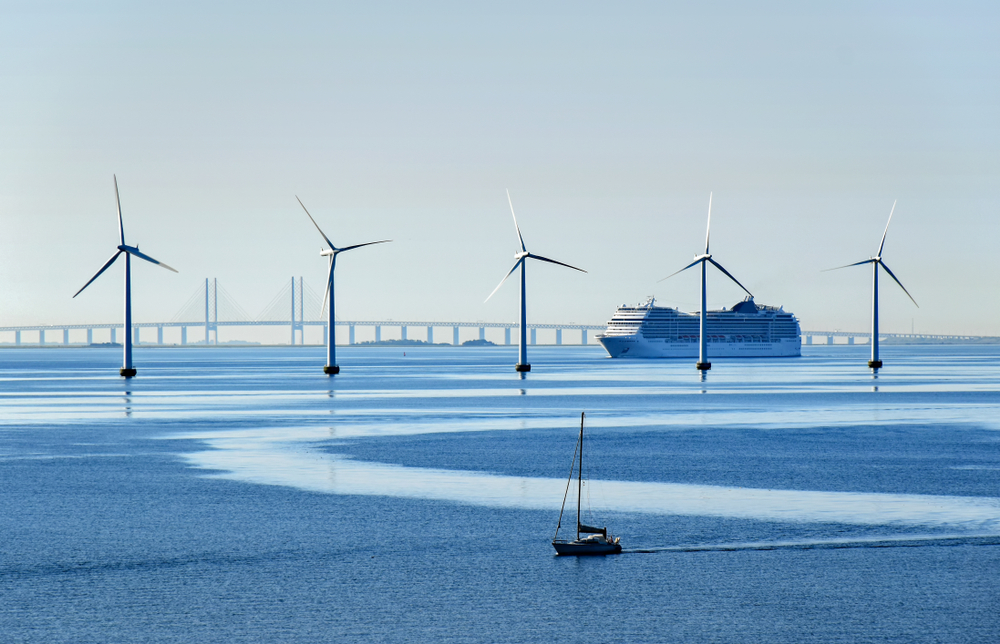A growing profitability crisis has emerged in Sweden’s wind power sector, as evidenced by the annual reports from several key players. State-owned energy company Vattenfall’s wind power division, along with other major wind power companies, has reported significant challenges in 2023 due to fluctuating market prices that often fall below the cost of production.
Writing for Swedish business magazine Affärsvärlden, researchers Christian Sandström and Christian Steinbeck note that these issues are widely recognized within the sector.
Vattenfall’s wind power subsidiaries, such as Blakliden Vindkraft in Västerbotten, highlight major problems with electricity prices that have reached critical lows. Blakliden’s 2023 annual report states, “There were, to a greater extent than in previous years, periods with electricity spot prices close to zero or even negative.” In these instances, wind farms are forced to halt production, as transmission costs exceed potential revenue.
Similar concerns are echoed by Vattenfall-owned Toledo Wind and Vattenfall Vindkraft Sverige AB, which operates facilities including the Lillgrund offshore wind farm between Skåne and Denmark.
These companies report that the mismatch between production output and market pricing has significantly hindered profitability or put simply: These renewable energy projects would often cost more to produce than they would make.
The problem is not isolated to Vattenfall. Markbygden Ett, Sweden and Europe’s largest wind farm located outside Piteå, identified a key issue in its 2023 report: “The prices go from sometimes being very high to sometimes being unusually low.”
The report noted that negative prices, once rare, were becoming a more frequent occurrence, especially when strong winds led to an excess of electricity production.
This pattern is confirmed by Kumbro Vind, owned by the municipalities of Kumla and Örebro. The company reported that during 2023, negative electricity prices occurred for approximately 400 hours, or 5 percent of the year, a significant departure from previous years.
The expanding wind power capacity has contributed to increased price volatility. Vardar Vind, which operates facilities in Skåne, reports that despite producing 3 percent more electricity in 2023 compared to 2022, revenues plummeted by 51 percent due to lower electricity prices.
Similarly, Åby Alebo Energi in Kalmar County observed that the price fluctuations between low and high electricity prices have become a constant feature of the market, further complicating profitability for wind power producers.
Despite the challenges, some companies have benefited from the sale of guarantees of origin, which certify that the electricity is sustainably produced. Källeberg Vind and Åskälen Vind both reported that their revenues were boosted by these guarantees in 2023, allowing them to continue production even during periods of negative market prices.
Källeberg Vind, for instance, noted a 36 percent increase in sales, while Åskälen Vind, which operates 80 turbines in Jämtland, indicated that guarantees of origin helped offset their financial losses, though the company has consistently faced significant deficits in recent years.
Despite the mounting evidence of profitability issues and price volatility, Sweden plans to expand its wind power infrastructure, with thousands more turbines in the pipeline. This raises critical questions about how the industry will reconcile growing capacity with the financial difficulties many operators are already experiencing.






